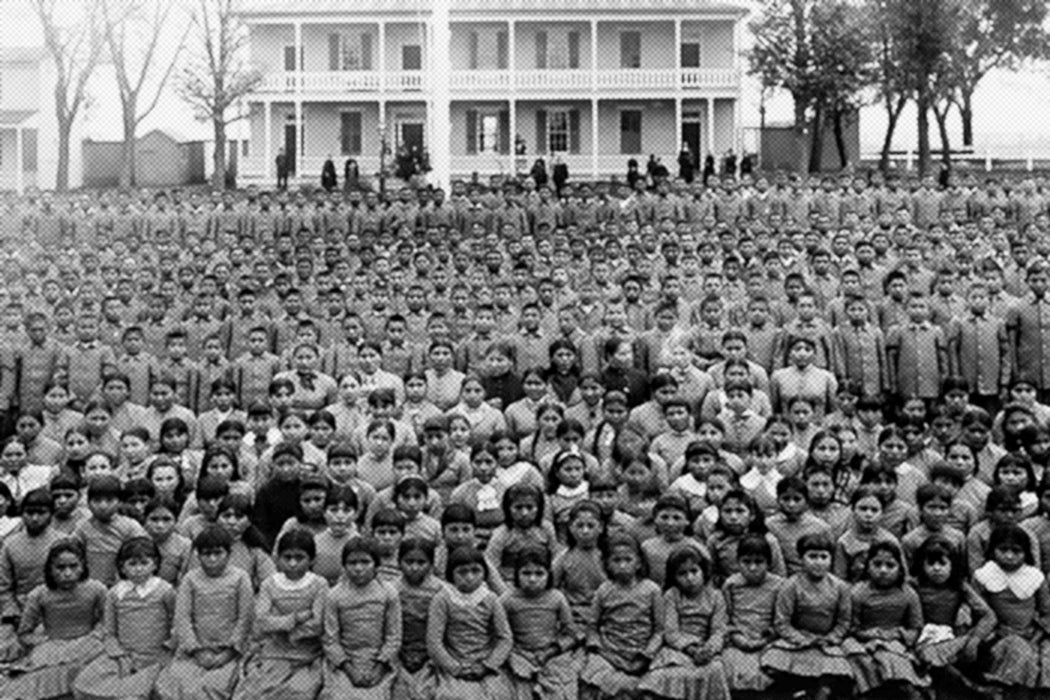Beginning in the late nineteenth century, Native American children were forced to attend so-called “Indian schools” designed to blot out Native cultures and assimilate children into Anglo culture. But not all teachers at these schools were white—and Anne Ruggles Gere has uncovered some of the little-told stories of Native American teachers at Indian schools.
Gere tracks Native American teachers from early boarding schools organized by Native groups to unsuccessful attempts to educate Native children within friendly tribal settings. These early schools and teachers posited that race-based identification would enhance learning, notes Gere, and that a common heritage would make education more palatable to students.
Then, the United States government, under the auspices of the Bureau of Indian Affairs, began forcing Native American children to attend boarding schools off reservation. These schools challenged many of the tribally-centered beliefs of past Indian schools. They lumped together tribal groups, which made it difficult for Native instructors who had to negotiate complex linguistic and historical tensions. And Indian schools prized assimilation into white culture above Native traditions. As a result, writes Gere, it was more difficult for Native teachers to influence their students, especially given most schools’ English-only policy. In addition, Native teachers were paid less and given less authority than their Anglo counterparts.
Gere paints a picture of educators caught between two worlds. They were painted as turncoats by Native families and seen as inferior by white people. But though these teachers worked within institutions designed to annihilate Native American culture, they often resisted policies of assimilation, encouraging pride and trying to preserve Native heritage.
Want more stories like this one?
Educators like Zitkala-Ša, a Sioux writer and teacher also known as Gertrude Simmons Bonnin, worked within the system to try to uplift other Native Americans. Educated, worldly, and talented, Zitkala-Ša wrote articles for The Atlantic and played violin at the New England Conservatory of Music before going to teach at the Carlisle Indian Industrial School in Pennsylvania. She quit the school because of its assimilationist policies. She then worked as a teacher at the Utah Reservation in Utah. There, she encouraged basket weaving, taught Ute people to read, and tried to uplift her fellow Native Americans. But she faced financial instability, resistance from both white and Native American people, and an ongoing feeling of alienation.
Then there were teachers like Angel DeCora. She was a Winnebago woman who taught art at the Carlisle school, creating a niche for herself by specializing in Native-American subject matter. DeCora educated herself among Native American artists around the country, only to face resistance from her students when she tried to teach them to value their own art forms. Ironically, writes Gere, DeCora had to persuade her students of the art’s value “by showing the esteem attached to it by whites who collected and preserved it.”
These teachers’ lives were marked by economic uncertainty, suspicion on the part of white administrators, health dangers, overwork, and overt racism. Though their influence is hard to trace—it was often paved over by the dominant culture—it was felt within the communities they served. Gere challenges historians to learn more about these little known, little documented women, and the ways in which their stories both contain and challenge the history of Indian schools in the United States.







